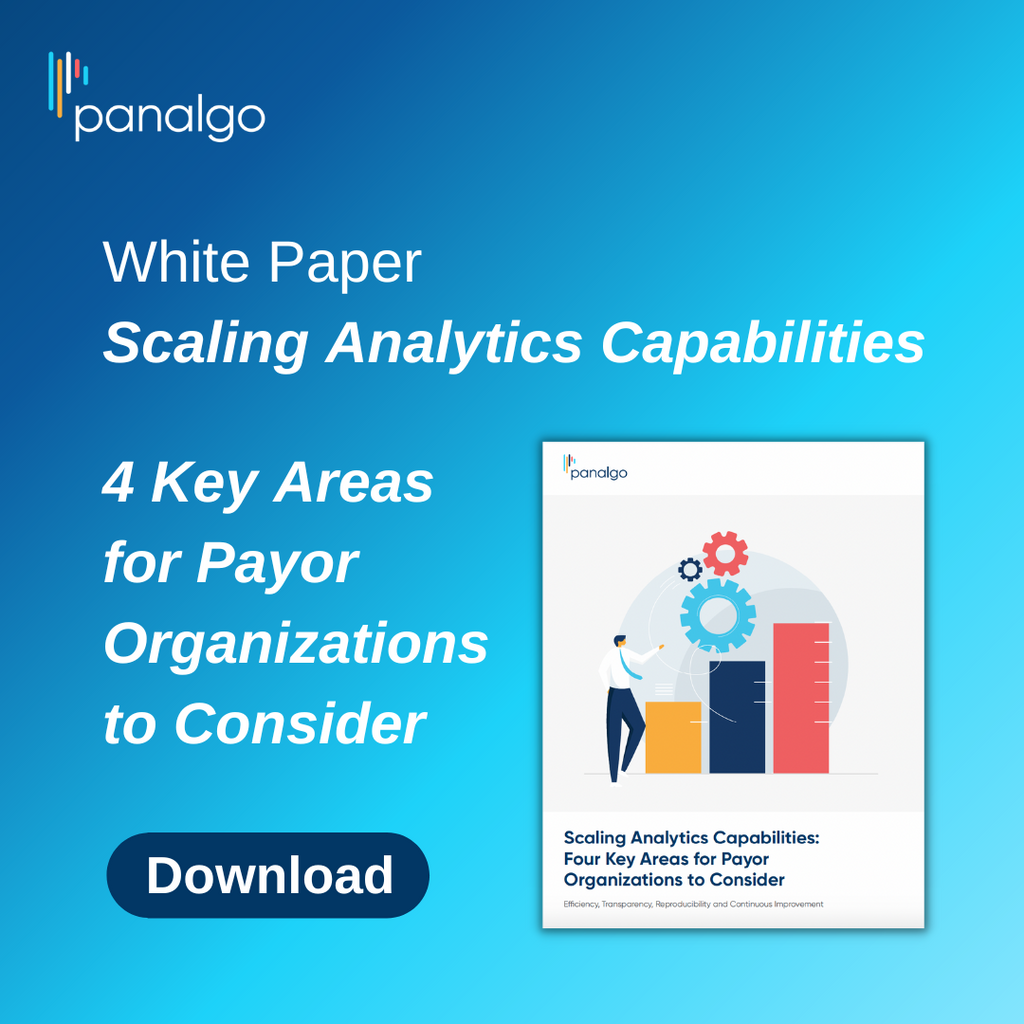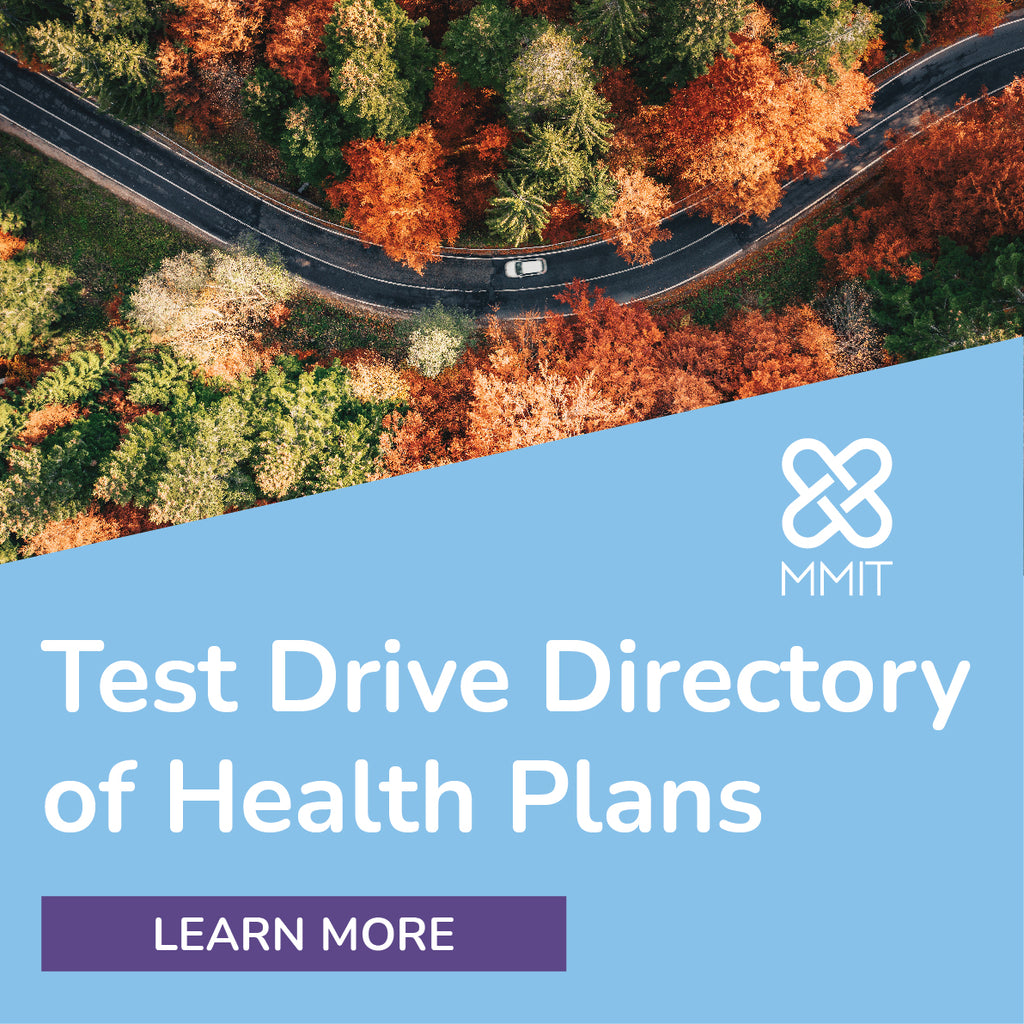Health Plan Weekly
-
MA Star Ratings Drama: Humana Gets Bad News, UnitedHealth Sues CMS
“Truly shocking” and “huge setback” were just two of a flood of analyst reactions to Humana Inc.’s Oct. 2 disclosure that its percentage of Medicare Advantage members in plans with 4 or more stars will plummet to 25% next year. That’s down from an estimated 94% for 2024 and is largely the result of a decline in Star Ratings for its largest contract, according to a new filing from Humana.
Although the full set of Star Ratings data won’t be released until next week, this development confirmed industry fears that rising cut points will diminish ratings — and related revenue. UnitedHealthcare, meanwhile, has already filed a complaint over CMS's scoring of one measure, which industry observers predict could be followed by similar challenges.

-
Will Supreme Court Review Preventive Services Coverage Case?
On Sept. 19, the Biden administration filed a petition asking the U.S. Supreme Court to review the case Braidwood Management, Inc. v. Becerra, which challenges the legality of the Affordable Care Act’s requirement that nearly all health insurers must cover a slew of preventive services without cost sharing.
Legal experts tell AIS Health, a division of MMIT, that the case could have significant ramifications for patients and the health care industry alike. And they say how it plays out may partly depend on who wins the upcoming elections.
“We’re getting close to four years in terms of when it was filed, but the stakes of this case remain really significant for tens of millions of Americans,” says Zachary Baron, director of the Health Policy and the Law Initiative at the O'Neill Institute. More than 150 million Americans have benefited from no-cost coverage of preventive services, he says, including lung cancer screenings, statins used to lower cholesterol, mammograms, vaccines and birth control.

-
News Briefs: Blue Shield of California Will Offer $0 Copay Humira Biosimilar
Starting on Jan. 1, 2025, most Blue Shield of California commercial plan enrollees will have access to a Humira (adalimumab) biosimilar with a $0 copay as part of the insurer’s Pharmacy Care Reimagined model. Blue Shield announced the initiative on Oct. 1 and said it would partner with Fresenius Kabi, which manufactures a Humira biosimilar, and Evio Pharmacy Solutions, a company that Blue Shield and other Blues plans founded in 2021. As part of the agreement, Blue Shield will purchase the Humira biosimilar for a monthly price of $525, significantly below the net price of $2,100 per month for branded Humira. Blue Shield revealed the Pharmacy Care Reimagined model in August 2023 and noted it would shift from a traditional PBM contract with CVS Health Corp.’s Caremark to a pharmacy benefits arrangement with five different vendors.
-
As ‘Chaotic’ 2026 Rate Filing Looms, Dems Try to Cement Enhanced ACA Subsidies
Although the November elections may alter the balance of power in Congress and change which party controls the White House, Democratic lawmakers this week introduced legislation that would advance a key policy priority for Affordable Care Act supporters and health insurers alike: Making enhanced ACA subsidies permanent.
One health policy expert says the timing of the move makes sense, despite the imminent elections.
“It’s good to kind of get the bill on the table and get people talking about the issue,” says Katherine Hempstead, Ph.D., senior policy adviser at the Robert Wood Johnson Foundation. She also tells AIS Health, a division of MMIT, that it’s important to “raise the profile of…how there will be chaotic [rate] filing next year if there’s uncertainty about whether the tax credits are going to be there or not.”

-
Study Finds ‘Staggering’ and ‘Inexcusable’ Variation in Negotiated Rates
Across the U.S., UnitedHealthcare’s negotiated commercial rates with hospitals for hip and knee replacements last year ranged from $11,203 to $106,427, according to a Sept. 20 analysis published in JAMA Health Forum. Meanwhile, the same study found that the negotiated rates for hip and knee replacements in the Chicago area varied significantly by hospital and payer.
Allison Oakes, Ph.D., the study’s lead author, tells AIS Health the variation was “staggering” and “inexcusable” and occurred even as insurers are subject to the Transparency in Coverage (TiC) rule that went into effect in 2022.












